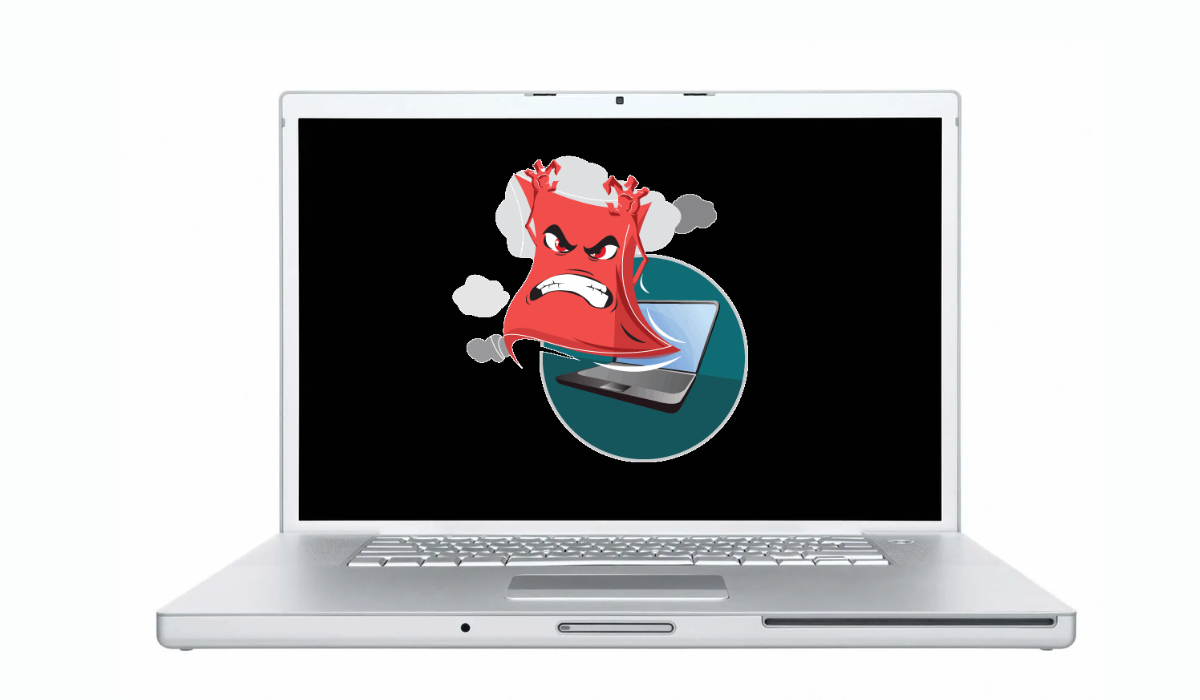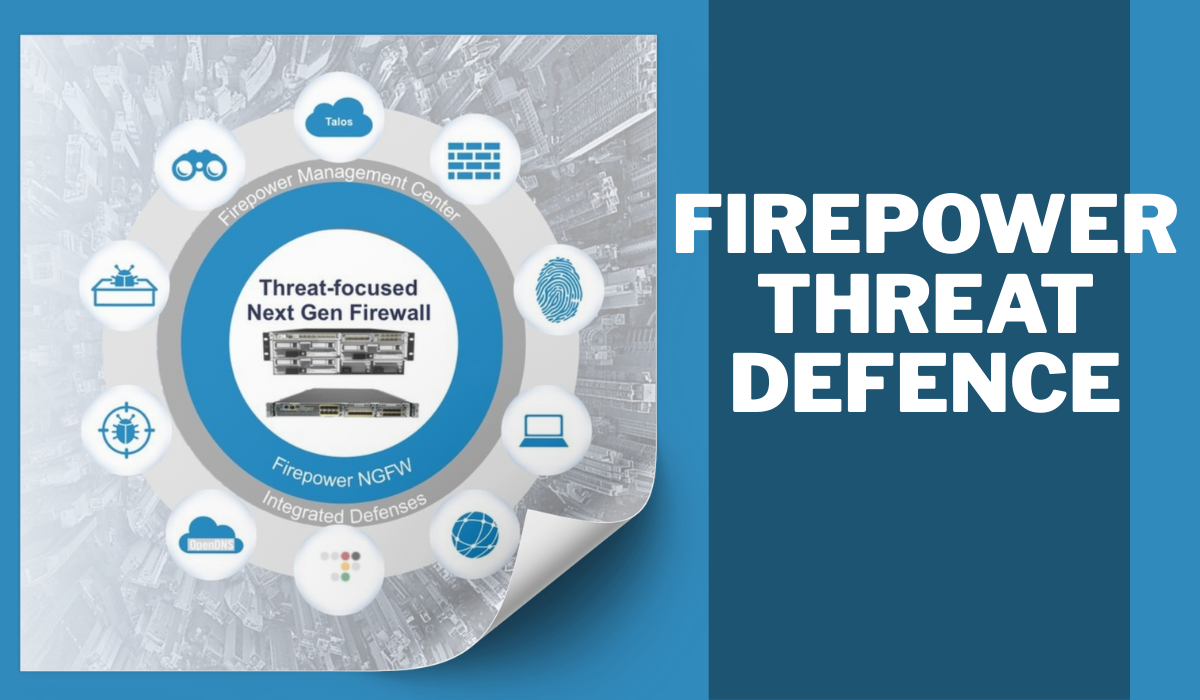Introduction to Infector Viruses
Viruses are notorious for their ability to wreak havoc on our digital lives, and infector viruses are a prime example of this threat. Unlike other types of malware, infector viruses have a unique way of spreading and infecting systems. They sneak into your files or programs, lying in wait until they can replicate and multiply—often without you even knowing it. Understanding what an infector virus is becomes crucial in today’s tech-driven world, where every click could lead to potential disaster.
As we delve deeper into the realm of infector viruses, you’ll discover the various forms they take and how they operate. From boot sector viruses that target your computer’s startup sequence to macro viruses hiding within seemingly harmless documents, each type has its own story to tell. Plus, we’ll explore some infamous examples that left their mark on the digital landscape.
Whether you’re a casual user or someone with more technical expertise, being aware of these threats can make all the difference in safeguarding your data and devices. Let’s embark on this journey through the fascinating—and often alarming—world of infector viruses together!
Types of Infector Viruses:
Infector viruses can take many forms, each with its own unique characteristics. Understanding these types is crucial for effective protection.
Boot sector viruses target the boot sector of a hard drive. They infect the system before the operating system loads, making them particularly insidious.
Macro viruses focus on applications like Microsoft Word and Excel. They hide within documents, executing malicious code when users open infected files.
File infectors attach themselves to executable files. When you run an infected program, they spread by injecting into other programs on your device.
Resident viruses embed themselves within a computer’s memory. They activate whenever the system is in use, facilitating ongoing infection without user intervention.
Direct action viruses are straightforward in their approach. They execute upon opening an infected file but remain dormant until then. Each type plays a distinct role in how infector viruses operate and spread across systems.
A. Boot Sector Virus
Boot sector viruses are a type of infector virus that target the boot sector of storage devices. This is the first area accessed by a computer when it powers on, making it a prime spot for malware to hide.
Once activated, these viruses can load themselves into memory before the operating system starts. Because they operate at such an early stage, they can be challenging to detect and remove.
Typically spread through infected floppy disks or USB drives, boot sector viruses have become less common with modern technology. However, they still pose risks if users engage with outdated hardware or unsecured media.
Infected systems may experience slow performance and unusual behavior during startup. Users might find their data compromised or corrupted without even realizing it’s happening until it’s too late. Understanding these threats is crucial for effective cybersecurity practices.
B. Macro Virus
Macro viruses target applications that use macros, which are automated sequences of commands or instructions. These viruses often find their way into programs like Microsoft Word and Excel.
Once a macro virus infiltrates a document, it can execute harmful code when the file is opened. This process may result in unwanted actions such as data corruption or unauthorized access to sensitive information.
What sets macro viruses apart is their ability to spread easily through shared documents. When users unknowingly share infected files, they propagate without much effort.
Commonly encountered in email attachments, macro viruses rely on user interactions for activation. Users typically enable macros thinking it’s essential for viewing the document’s content, inadvertently giving the virus a foothold in their system.
Despite advances in cybersecurity measures, awareness remains crucial to prevent infection from these sneaky threats lurking within seemingly harmless files.
C. File Infectors
File infectors are a specific type of infector virus that targets executable files. When you run an infected application, the virus activates and can spread to other files on your system.
These viruses attach themselves to program files, typically with extensions like .exe or .com. Once embedded, they may corrupt the original file or create copies of themselves.
The danger lies in their stealthy nature. Users often unknowingly execute these infected programs, allowing the virus to proliferate without immediate detection.
When a file infector spreads its code, it can lead to significant damage. This includes data loss and compromised system performance.
Not only do these viruses affect individual machines but they also have the potential to spread across networks. Awareness is crucial for prevention and early identification of such threats.
D. Resident Viruses
Resident viruses are a sneaky type of infector virus that embed themselves into the system memory. Unlike other viruses, they don’t require a host file to execute their malicious activities.
Once activated, these viruses can infect files on your computer without needing direct interaction. They often remain undetected until they cause significant damage or data loss. This makes them particularly dangerous for users who might not have robust security measures in place.
What sets resident viruses apart is their ability to replicate even after the original infected program has been closed or deleted. They linger in the background, waiting for opportunities to strike again and spread further within the network.
Due to their stealthy nature, detecting resident viruses requires advanced antivirus tools and regular system scans. Staying informed about this type of malware is vital for maintaining cybersecurity hygiene and protecting sensitive information from potential threats.
E. Direct Action Virus
Direct action viruses are a specific type of infector virus known for their straightforward approach to infection. Unlike resident viruses, which embed themselves in memory, direct action viruses only activate when the infected file is executed.
Once triggered, they replicate by attaching themselves to other files or programs on the system. Their primary goal is to spread quickly and efficiently without drawing attention.
These viruses often reside in executable files, making them particularly dangerous during software installations or downloads. Users may not realize they’ve been compromised until damage occurs.
Detection can be tricky since many antivirus solutions may not flag them immediately. Regular scans and software updates are essential for timely identification and removal of these threats. Awareness remains key; knowing how direct action viruses operate helps users take proactive measures against potential infections.
How do Infector Viruses Work?
Infector viruses operate by embedding themselves within host files or systems. They often disguise their malicious code as legitimate software or documents.
Once activated, these viruses replicate and spread throughout the system. They can attach to executable files or insert themselves into boot sectors, making them tricky to detect.
Some infector viruses are programmed to remain dormant until specific conditions trigger them. This stealthy approach allows them to evade antivirus detection for longer periods.
When they strike, the effects range from minor disruptions to major data loss or corruption. The ability of infector viruses to propagate across networks poses a significant threat in both personal and enterprise environments.
Understanding how they work is crucial for effective prevention and response strategies against these digital intruders.
Examples of Famous Infector Viruses:
The landscape of infector viruses is dotted with notorious examples that have wreaked havoc across the globe.
One such virus is the Stoned Virus, which emerged in the late 1980s. It was one of the first to spread through infected floppy disks, displaying a message that humorously proclaimed its presence.
Next up is the Melissa Virus, released in 1999. This macro virus targeted Microsoft Word documents and rapidly spread via email attachments, leading to significant disruptions for businesses worldwide.
The ILOVEYOU virus took it further in 2000 by using social engineering tactics. It tricked users into opening an attachment labeled “Love Letter,” resulting in millions of dollars lost due to its destructive payload.
CryptoLocker ransomware appeared later, encrypting user files and demanding a ransom for decryption keys. Its impact on individuals and organizations highlighted vulnerabilities within cybersecurity measures during that time.
A. Stoned Virus
The Stoned Virus emerged in the late 1980s, marking one of the first significant threats to personal computers. Originally targeting MS-DOS systems, this virus was designed to spread through floppy disks.
Users would often encounter a cheeky message upon infection: “Your PC is now Stoned.” This playful approach masked its malicious intent, causing havoc while amusing some users.
Once executed, it would rewrite parts of the boot sector and could corrupt files on infected drives. The name itself reflected a carefree attitude during an era when computing was still evolving.
Despite its relatively simple code compared to modern viruses, Stoned paved the way for more complex infections that followed. It highlighted vulnerabilities in early computer systems and opened discussions about cybersecurity long before they became mainstream concerns.
B. Melissa Virus
The Melissa Virus emerged in 1999, quickly becoming notorious for its rapid spread. This virus exploited Microsoft Outlook’s email system to propagate itself. By disguising as a document attachment, it tricked users into opening the file.
Once activated, it would send copies of itself to the first 50 contacts in a user’s address book. The sheer speed and ease of transmission caught many off guard.
Melissa caused significant disruptions within networks, leading to clogged servers and overwhelmed systems. Its creator was eventually identified and faced legal consequences.
Despite being over two decades old, the Melissa Virus serves as a reminder about the vulnerabilities inherent in digital communication tools. Awareness is essential; even seemingly innocent emails can harbor threats that compromise entire networks.
C. ILOVEYOU Virus
The ILOVEYOU Virus emerged in May 2000, quickly becoming one of the most notorious computer viruses in history. It was cleverly disguised as a love letter sent via email, enticing users to click on an attachment labeled “LOVE-LETTER-FOR-YOU.txt.vbs.”
Once opened, this seemingly innocent file unleashed chaos. The virus replicated itself by sending copies to everyone in the victim’s address book. This rapid spread overwhelmed networks and caused significant damage.
Written in Visual Basic Script, ILOVEYOU exploited human emotions to gain access to systems worldwide. Its impact was profound, affecting millions of computers and leading experts to revise security practices.
Organizations scrambled to contain its effects while users felt the sting of lost data and productivity. Despite its age, the legacy of ILOVEYOU serves as a stark reminder about cybersecurity vigilance today.
D. CryptoLocker Ransomware
CryptoLocker Ransomware emerged in 2013, causing widespread panic among computer users. It specifically targets Windows machines and encrypts files on the infected system.
Once activated, this malware demands a ransom payment for decryption keys. Typically, it requests payment in Bitcoin to maintain anonymity. Victims often find their important documents, pictures, and other valuable data inaccessible until they comply with the demand.
What makes CryptoLocker particularly notorious is its ability to spread through malicious email attachments. Users unknowingly download an attachment that unleashes havoc on their systems.
Despite its impact, numerous cybersecurity firms have developed tools aimed at recovering encrypted files without paying the ransom. However, prevention remains crucial as these attacks continue to evolve and become more sophisticated over time.
Understanding CryptoLocker highlights the importance of regular backups and robust security practices to protect against ransomware threats like this one.
Prevention and Protection against Infector
Prevention and protection against infector viruses require a proactive approach. Implementing strong security measures is essential in safeguarding your devices and data.
First, ensure you have reliable antivirus software installed on your system. Regularly update this software to defend against the latest threats. Enable real-time scanning features to catch potential infections before they cause harm.
Be cautious when opening emails or downloading files from unknown sources. Many infector viruses spread through malicious attachments or links disguised as legitimate content. Always verify the sender’s identity before clicking on anything.
Frequent backups of your important files can be a lifesaver if an infection occurs. Store these backups on external drives or cloud storage services that are not constantly connected to your main system.
Keep your operating system and applications updated with the latest security patches. Software developers regularly release updates to address vulnerabilities that could be exploited by malware, including infector viruses.
Educating yourself about common cyber threats can also make a significant difference. Staying informed about recent virus outbreaks helps you recognize potential risks and avoid falling victim to them.
By taking these steps seriously, you create layers of defense against infector viruses, protecting both personal information and critical data from unwarranted attacks.





